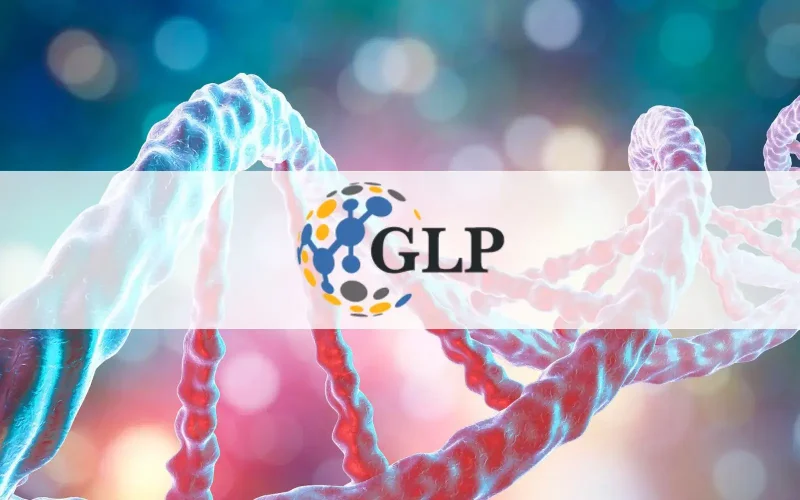Three years after the ‘CRISPR babies’ burst into the public eye and caused outrage, their fate remains shrouded in secrecy amid swirls of rumors.
Many people contacted for this story refused to speak about the babies, who are now purportedly healthy toddlers. Some would speak to Nature Biotechnology only on condition of anonymity.
The goal of these heritable gene edits was to generate HIV-resistant people, by introducing germline mutations into the C-C chemokine receptor type 5 (CCR5) gene, which encodes a co-receptor for HIV.
…
Establishing how the edits to the girls’ genomes will translate into health benefits or risks during their lifetimes is challenging.
According to Eli Adashi, a professor of medicine at Brown University, what the children need is an in-depth, high-resolution analysis “well beyond” the reach of a typical physician.
Detailed analysis of the girls’ genomes could help their parents assess health risks and help shape any family planning the children might choose as adults.
…
Adashi fears that, given how imperfect the gene-editing tools are, the type of genetic and genomic “mayhem” that can result might lead to the loss of entire chromosomes or pieces of them. “Basically they could have a scrambled genome,” he says about the girls.































